The Virgin Islands Housing Authority
addressing affordable housing with a plan that works
Redesigning public housing, while integrating resident services and leveraging private equity, The Virgin Islands Housing Authority has a bold and transformative housing agenda
In the heart of the Caribbean, nestled amidst pristine beaches and azure waters, the Virgin Islands Housing Authority (VIHA) stands as a beacon of resilience. Pioneered in the 1940s, VIHA is a time-honored establishment dedicated to the provision of housing in a region that has known its share of tribulations. With a mandate serving a population that peaked at 106,000 residents in 2017, VIHA has proven itself an unwavering cornerstone in the local community.
Despite the devastating blows delivered by Hurricanes Irma and Maria that year, which caused an estimated $11-$12 billion in damages and reduced the population to around 87,000, VIHA’s commitment to its populace has not waned. “The hurricanes did a great deal of damage,” acknowledges Robert Graham, Executive Director at VIHA, “but our mission remains the same: to provide quality housing.”
VIHA owns and operates around 3,000 public housing units distributed across 24 developments in Saint Thomas and Saint Croix. This 60-year-old housing stock, however, is burdened by a deferred capital improvement cost of $200 million. “To bring the public housing inventory up to current code, we would need $200 million,” Graham explains. The reality of their annual budget for capital improvements, though, is a mere $10 million, barely enough to cover the annual wear and tear.
To this end, VIHA has developed a robust asset repositioning strategy. The vision is clear: replace and upgrade the 3,000 public housing units—a task carrying an estimated cost of $1 billion. As part of this ambitious undertaking, VIHA has enlisted the support of three national developer partners. “We brought on three developers,” Graham states. “Each developer will replace or rebuild 100 units each year. Three developers, 300 units a year, ten years, 3,000 units.”
Planning, Strategy, and Implementation
The Virgin Islands were recipients of a staggering $1.8 billion in recovery funds from HUD, coined as CDBG-DR funds. Although the needs outweighed the available resources, it is projected that the Territory will receive a total of $15 to $20 billion from all sources, covering the approximately $12 billion worth of documented damage.
The recovery plan aimed to replace and reinforce the Territory’s critical infrastructure for resilience, including hospitals, schools, roads, and utilities, in addition to housing. Despite the competition for resources, VIHA devised a plan to allocate funds for its billion-dollar vision. “Our funding sources include FEMA funds, Low-Income Housing Tax Credit, CDBG-DR, Federal Home Loan Bank, and annual capital funds that the Housing Authority receives,” Graham shares.
While addressing the role of the chosen three developers, Graham elucidates how the billion-dollar budget is a fusion of resources from four different entities. “Developers used all available contractors in the territory and subcontractors,” he explains, “but amidst high competition, it’s not enough.” In response, the VIHA has needed to supplement local contractors with general contractors from the mainland and Puerto Rico. The sheer magnitude of the undertaking underscores the necessity of strategic partnerships and the complexities of reconstruction on a grand scale.
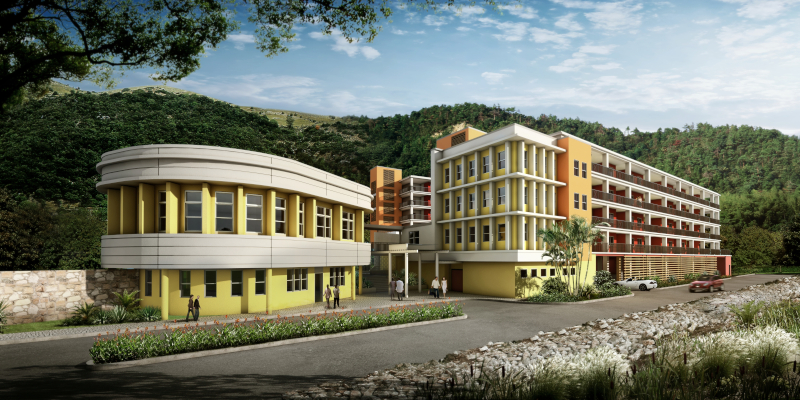 Embracing RAD: A Pathway to Overcome the Housing Deficit
Embracing RAD: A Pathway to Overcome the Housing Deficit
The road to upgrading public housing facilities has always been rocky. Graham explains, “HUD did not put in place reserves to replace the capital improvements 50 years ago when there was a great deal of building public housing in the 50s and the 70s.” Such oversights have led to a staggering $90 billion price tag to bring all 900,000 units of public housing in the country up to code—a figure determined by the National Association of Housing Redevelopment Organization.
Recognizing the improbability of securing sufficient funding from Congress for such a grand scale of refurbishment, HUD has provided an alternative route. A noteworthy development is its adoption of RAD (Rental Assistance Demonstration), a HUD-initiated solution.
“RAD is simply changing from a public housing subsidy to a voucher subsidy,” Graham explains. The tool seeks to convert public housing operating subsidies into voucher subsidies, thereby guaranteeing that the subsidy would be available for 20 years. HUD encourages housing authorities to leverage this tool due to a significant drop in public housing units—from 1.2 million to 900,000—in just three decades.
Embarking on a Decade-Long Redevelopment Voyage
From HUD’s perspective, the goal is clear: transition housing authorities from public housing to voucher subsidies, allowing them to borrow money and leverage rent to cover debt service. A total of 300,000 units of public housing have already undergone this transformation.
“There are 52,000 LIHTC housing developments and 3.3 million low-income housing tax credit units,” states Graham, highlighting the nationwide trend to shift public housing to housing choice voucher subsidies.
This innovative strategy locks housing authorities into a 20-year contract, guaranteeing a sustainable revenue source for their properties to replace or upgrade the existing public housing units. “So, the strategy from HUD and the tool from HUD is a very good way to deal with a $90 billion price tag on 1 million public housing units,” asserts Graham.
A Future Unfolding: Development Sites Across the Virgin Islands
Currently, VIHA has an array of projects spread across different stages of development. Graham details, “There are six under development. Two in construction, two in pre-development, and two in the design stage.” By the fourth quarter of 2024, all these six developments should be under construction—an ambitious yet achievable timeline.
The most significant development to look forward to is a $116 million comprehensive rehab project comprising 248 units. “The very first development that we’re going to see units is a project that’s 248 units in Walter I.M. Hodge. And I think it’s 84 units that we will have completed by the end of September,” explains Graham.
The momentum doesn’t stop there. In the following year, 2024, the Authority expects to deliver between 200 to 320 units. By the subsequent years, the production will stabilize at 300 units per annum.
Weathering the Storm: Hurricane Recovery and Its Challenges
The aftermath of the 2017 hurricane was devastating. “We have 3000 units of public housing and 10% of that was destroyed,” Graham reflects, illustrating the magnitude of the damage. One development, Tutu High Rise, was hit particularly hard—300 units were destroyed, and 264 households were displaced. It took about nine to ten months to relocate them, mostly through vouchers provided by HUD. “We must acknowledge that HUD right there to help us by providing funding for the vouchers in 30 days after the huricanes that is unprecedented, Graham explained.
Graham articulates the urgency, “Replacing that development was one of our priorities of the 300 units. So, we’re replacing that 300 units in three phases.” The 84 units of Donoe is one phase and the 60-unit seniors is part of the second phase, with Lydia Pelle, Chief Operating Officer and Architect at Virgin Islands Housing Authority, confirming that the remaining phases are 92 and another 60 units.
However, the recovery process was not without its roadblocks. The slow release of funds was a significant hindrance. Despite these obstacles, Graham takes pride in the Authority’s aggressive plan to replace its aging public housing inventory. He concedes, “It has been a challenge. But we knew exactly what we needed to do, and that was to replace the whole inventory.”
Convincing all the stakeholders of the viability of its plan was time-consuming but necessary. With the strong support of our outstanding Board of Commissioners, the eventual buy-in from key stakeholders was a considerable relief and a significant achievement.
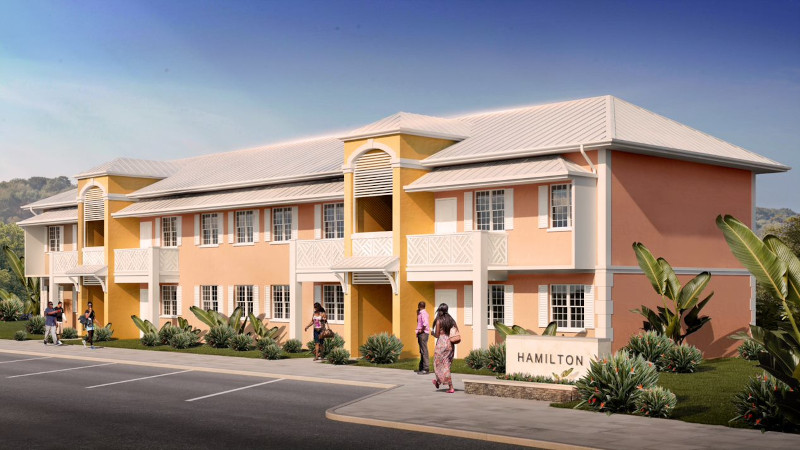 Bright Path: A Comprehensive Approach to Resident Services
Bright Path: A Comprehensive Approach to Resident Services
A fundamental aspect of the Virgin Islands’ recovery efforts was recognizing the need for a focus on resident development alongside the physical reconstruction of buildings. “We have a good plan to energize the inventory, the buildings. But we need to make sure that there is the right plan for the residents’ revitalization,” explains Graham.
In response to this need, the Housing Authority developed a comprehensive resident services plan, something it hadn’t been equipped to implement before. This plan, christened ‘Bright Path’, was not just about providing direct services, but also about facilitating referrals to the wealth of non-profit organizations within the territory. Graham highlights the innovation at the heart of Bright Path’s funding model. Just as building maintenance reserves typically set aside $500 per unit per year for necessary replacements and upgrades, Graham proposed a similar set-aside for families.
“We determined that if we could set aside $500 per unit per year for, say, 15 years, that could fund our resident services,” explains Graham. This concept, though novel, found acceptance among the authority’s developer partners. They agreed to reserve funds for resident services over 15 years, allowing a 100-unit development to invest $50,000 in resident growth and development each year. “This is a new concept that I’m trying to get others to understand so that it can be replicated across the country,” adds Graham.
With this innovative approach in place, the Housing Authority has staffed a new department—Resident Wellness and Empowerment Department—to work in collaboration with developer partners on implementing Bright Path.
Graham emphasizes the significance of this concept, which, he believes, will bring tremendous dividends for their residents over the years. The beauty of this approach is that it does not require money from HUD but relies instead on private equity, a source of funding that was previously untapped.
Focused on Transformative Design and Progress
Looking ahead, the Virgin Islands Housing Authority has an ambitious plan laid out for the next 18 months. Graham’s primary focus lies in escalating the development of housing projects. The goal is to have six projects under construction by the third or fourth quarter of 2024. These six projects, according to Graham, are destined to make a difference.
Not only is the number of units essential, but the architectural quality and design of these developments are also at the forefront of Graham’s mind. Having Pelle, a seasoned architect, as lead for the projects brings a valuable and praticalfocus to its development efforts.
The VI Housing Authority has already built four developments before the hurricanes hit, the designs of which it takes immense pride in. “We did not want them to look like public housing. We wanted them to look like market-rate housing,” Graham asserts, underscoring the objective of creating residential units that instill a sense of pride in their inhabitants.
AT A GLANCE
Virgin Islands Housing Authority (VIHA)
What: A comprehensive approach to public housing rehabilitation and resident empowerment
Where: United States Virgin Islands
Website: www.viha.org
PREFERRED VENDORS
Dudley Rich LLP – www.dudleylaw.com
Dynotec, Inc. – www.dynotecinc.com

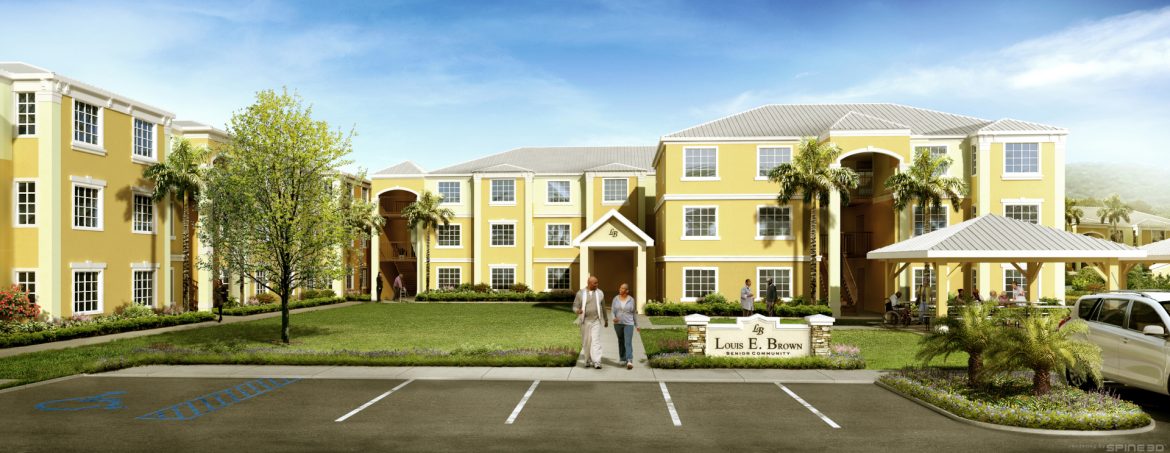
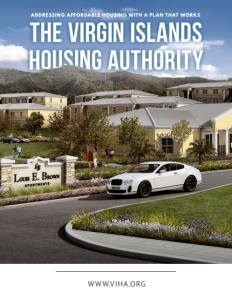


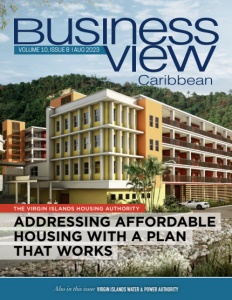
 This information will never be shared to third parties
This information will never be shared to third parties